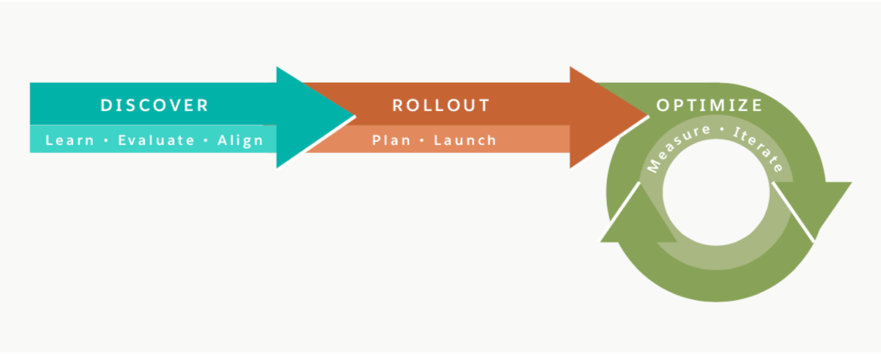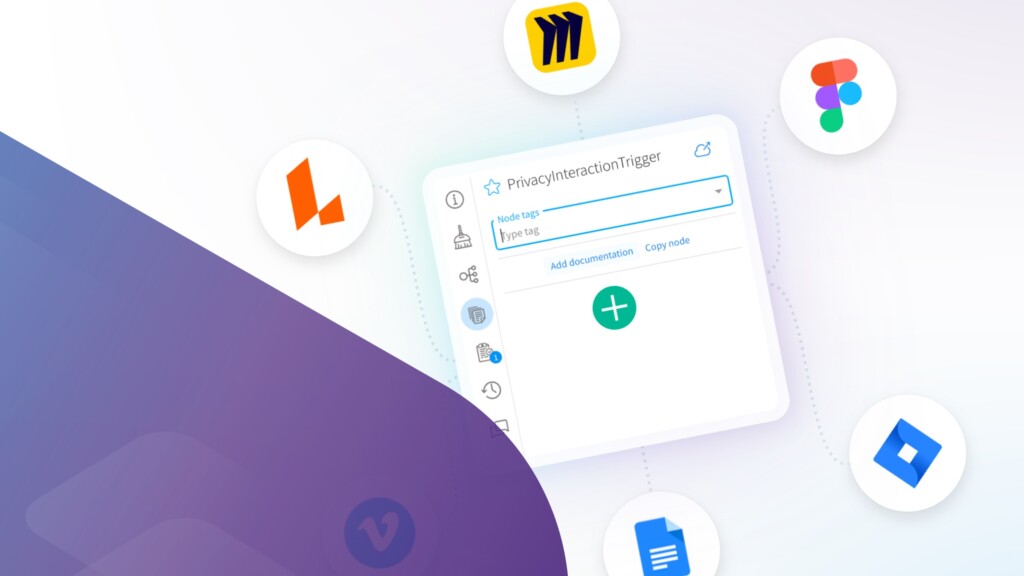
Documentation is an Accelerator
“Documenting stuff takes time and stops me doing the important stuff.”
You need to change that mindset.
“Spend to Save. 2 steps back to take 3 forward. Paying forward.”
Call it what you want, but deep down you know that you should be documenting what you are customizing as you are doing it. If your Salesforce implementation is strategic, then making changes without any documentation could be considered negligent.
What is stopping you?
- We don’t have the time; you know that doing it will save time in the long run. You need to plan time into the project.
- Consultants are doing it; you need to be clear in your SOW what you need them to do which support the Org long term
- Our developers are doing; just like the consultants you need documentation that works for the entire Org
- No systematic, sustainable approach; this is the key issue
The fundamental issue is there is no approach that ties the documentation back to the customizations that is EASY and SUSTAINABLE. Until now. That is why we are writing a book, developing trailhead-style training and running Chaos to Control webinars.
Why document?
What are the reasons that are forcing (encouraging) Admins to document their org? Here are three:
- Migrating to Lightning
Everyone wants to be on Lightning. The UI is engaging. All the new productivity enhancing features are in Lightning. And Salesforce’s investments are in Lightning.
The migration to Lightning gives you an opportunity to simplify and optimize your Org. With the new features you can rethink the operational processes and get the huge benefits you see other customers are talking about. You can eliminate page layouts by combining them using dynamic Lightning pages. Managed packages that were installed but then rarely used can be deleted, and work arounds found for those managed packages that are not yet Lightning ready. Finally, the Lightning Migration Readiness report has probably identified that there are customizations that need to be changed to make Lightning work.
All this raises the ugly question. “How does our Org work?” It is difficult to optimize and simplify if your view of the business processes and related customizations is hazy. The risk is that making changes them could have unforeseen results. The worst-case scenario is that the Org stops working.
The Salesforce Rollout Lightning Experience to your company ebook http://bit.ly/2yWcSyG has some really valuable advice as you start to look at migration. Our approach dovetails with the Salesforce Lightning Experience Rollout planning methodology which is in the image below.
DISCOVER PHASE: You need a quick and efficient Discover Phase to kick off your migration project. The first 3 activities in the Discover phase are:
- Revisit Your Processes
- Perform Gap Analysis
- Optimize your Implementation
Elements Catalyst was built to accelerate these steps. The process mapping capability is designed to engage end users and get shared agreement on processes in a way that Visio, PowerPoint or Lucidchart never could. The Org analysis eliminates man-months of tedious work combing through Setup to establish relationships and field usage. So you can perform the gap analysis faster and work out where to focus your optimization efforts.
ROLL-OUT PHASE: As you configure your Org for Lightning, document the changes you are making. Now. Not Later. There is no later.
Lightning Experience gives ultimate configurability. Lightning pages are now super sexy with dynamic components. In the pipeline, it’s even more power to make those components dynamic based on more complex rules. Data from multiple objects can be dropped onto a single page using standard or 3rd party components. Page can be designed to support every use case so an Admin walking into another organization could look at their Salesforce Org and not even recognize it. This is why it is even more important to document why you have configured things as you have. Your Lightning migration project is the perfect time to start the documentation habit.
- Critical integrations to Salesforce being broken
Salesforce is not an island. In most large organizations, particularly those where it has evolved into a strategic platform, Salesforce has integrations with other systems. But it is often not clear how those integrations work. They may use custom fields that hold temporary data, so at first glance, the fields don’t seem to be used, have no data, are not on page layouts, reports or email templates. So, they can be deleted. Perhaps the integration relies on validation rules or process-builder to make sure the data is clean. Someone must have thought it through and written a spec. Figuring that out is often trial and error, or firefighting the results of the integration failing. This is a huge risk. How and why you built that integration is gold dust. As you try to understand how it works, capture the information as process diagrams, notes, whiteboard sketches and store them alongside all the customizations that are involved. That same bit of documentation may be linked to multiple customizations; object, fields, Apex trigger, validation rule…
- Cannot continue development – maxed out fields
The ecosystem is rife with stories of Orgs with objects with fields maxed out (normally Account, Contact, Lead and Opportunity). The sad fact is that many of these additional fields are no longer used but were never deleted. Also, ISV’s managed packages often add custom fields to the standard object in addition to all the custom objects that they install. Deleting fields is often the bulk of the clean-up activities. But of course, you daren’t delete a field if you don’t know where it is used.
This bloating can reach a hiatus. Objects are maxed out, so no new fields can be added without upgrading the entire Org to the next edition level – a huge, unnecessary cost. And there are Ultimate Edition Orgs that have maxed out their fields so have nowhere to go. Yes, seriously.
We heard of a client who had maxed out the fields on Task object. That is 500 custom fields! Pause for a moment to let that sink in.
Great documentation means that you can reuse and leverage all the work you have done, rather than creating all this duplication.
Fantastic. What do I do next?
You can run a 14-day trial of the Elements Catalyst app. Go to the AppExchange: bit.ly/elementscatalyst
The free ebook and Trailhead training will be available before FrenchTouch Dreamin’. But you can register now to get sent a copy: https://elements.cloud/chaos
Visit the Elements.cloud stand at FrenchTouch Dreamin’ to find out how you can clean-up, document and build your Org using the Elements Catalyst app.
Sign up for
our newsletter
Subscribe to our newsletter to stay up-to-date with cutting-edge industry insights and timely product updates.







